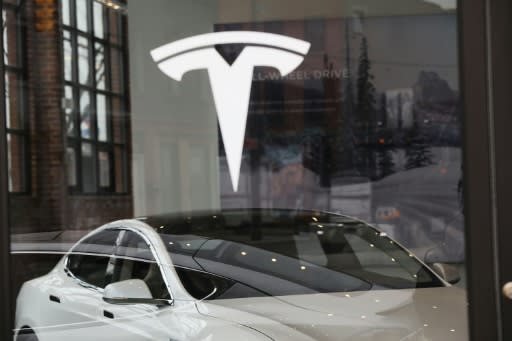Driver in fatal Tesla autopilot crash warned repeatedly: investigators

The driver killed in the 2016 crash of a Tesla Model S took his hands off the wheel while using autopilot despite repeated warnings not to do so, government investigators have found.
The National Transportation Safety Board said the driver had been using the semi-autonomous driver assistance system for extended periods when his car crashed into a 53-foot freight trailer west of Williston, Florida.
The NTSB Monday released a large amount of data on the incident, but said it had not determined the cause of the crash. But it is the second agency whose findings have not faulted Tesla's driver-assistance system.
The National Highway Traffic Safety Administration earlier this year also found that Tesla's Autopilot system was not at fault in the May 2016 crash.
According to data retrieved from the wrecked car's computers, the driver, 40-year-old Joshua Brown, traveled for nearly 40 minutes before crashing using the autopilot system, and did not have his hands on the steering wheel.
On seven occasions, the car gave the driver visual warnings and on six of these alerts chimed to tell the driver to return his hands to the steering wheel.
Of the 37 minutes during which the driver assistance system was active, the driver's hands were detected on the wheel only "for 25 seconds," the report said.
At the time of the crash, Brown was traveling at 74 miles (118 km) per hour in an area where the speed limit was 65 mph, when he collided with the semitrailer making a left turn. The Tesla went under the trailer, smashed into a utility pole, according to investigators.
The Tesla Model S is outfitted with sensors, cameras and other technology allowing it to perform some maneuvers autonomously, such as slowing in case of detected danger. But the company has said it is not a self-driving system and driver vigilance is required.
Tesla in September began upgrades to the driver assistance system to improve functions in rain, fog and snow.

 Yahoo Finance
Yahoo Finance 